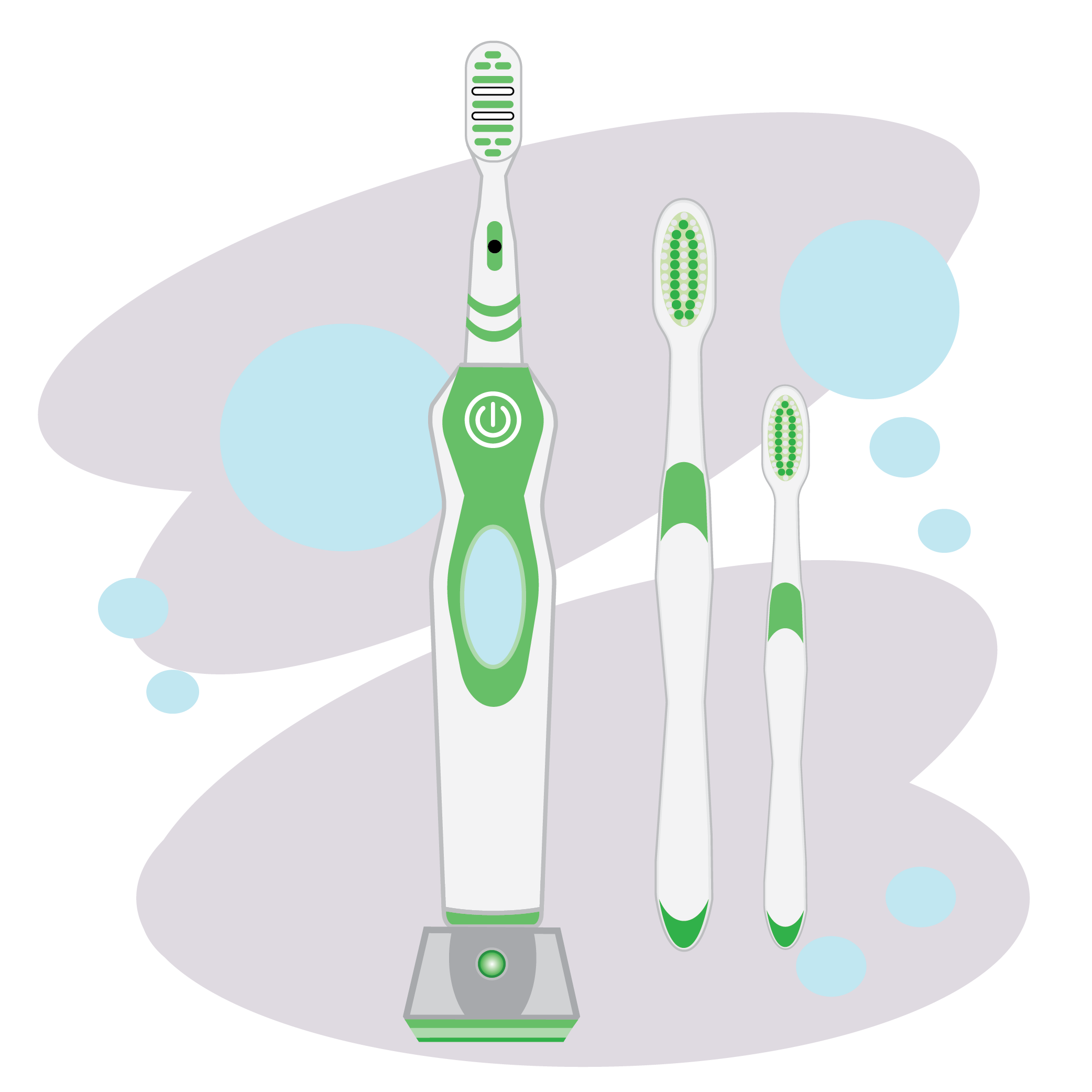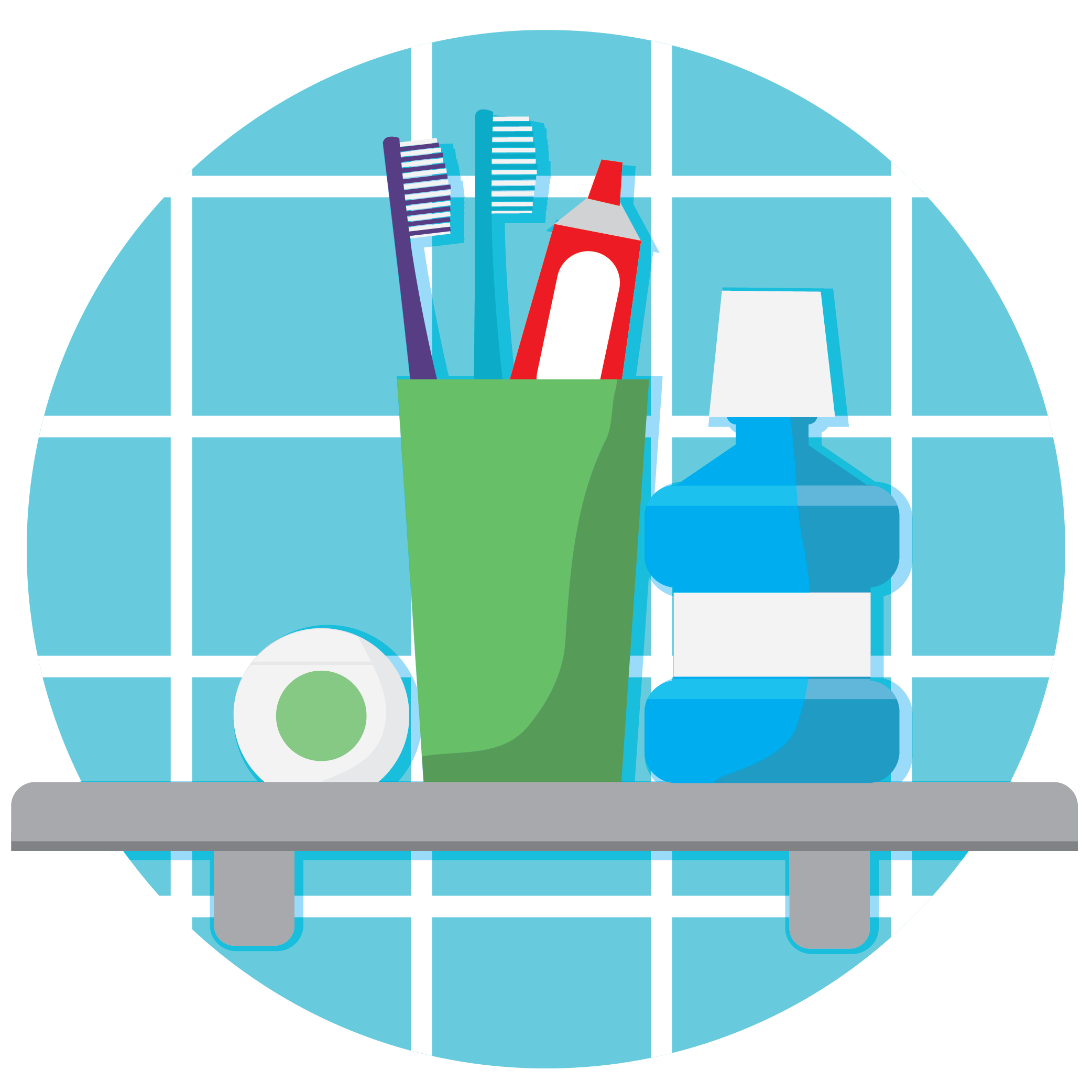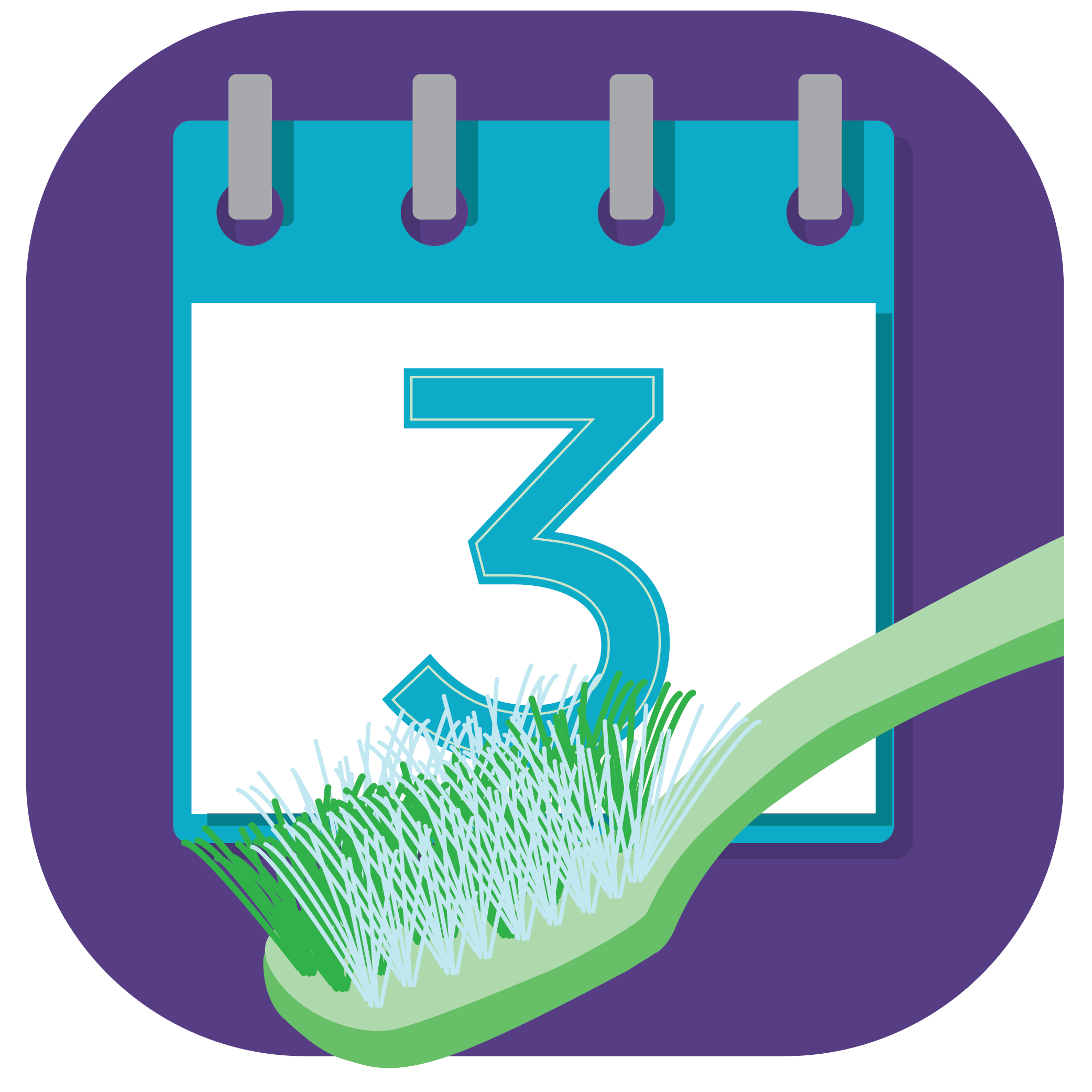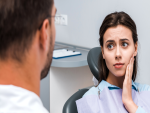
So, you’ve made your way into the oral care aisle at your favorite store when you’re bombarded with what seems like millions of choices in toothbrushes. The debate between manual and electric toothbrushes has been going on since the inception of the first powered toothbrush in 1954. However, no type of toothbrush has been shown a clear winner. Any toothbrush can effectively and thoroughly clean your teeth. It all depends on which one you prefer.
All of this said, how can you decide which is the right brush for you? Here are some ideas to keep in mind when selecting your next brush:

Manual toothbrushes:
- Always look for toothbrushes with soft bristles. Hard- and medium-bristled toothbrushes are too abrasive to the gum tissue.
- Consider the size of the brush head (compact vs. full). If your mouth is small, or if you have a hard time reaching the back teeth, choose a compact brush head. Some adults even use children’s toothbrushes that fit their mouths better. (SIDE NOTE: To better reach the cheek sides of your upper molars, close down a bit while brushing; your chewing muscles will relax and allow your brush better access to that side of your teeth.)
- Something to consider: Technique is very important when using a manual toothbrush – learn the proper way to brush to ensure complete plaque removal.
Electric (powered) toothbrushes
- Do a bit of homework by reading reviews and effectiveness studies for the brush brand you are interested in, if possible.
- Consider the “action” of the brush- for example, spinning action versus sonic wave technology. Ask your dental hygienist what they recommend for your unique teeth and mouth.
- Keep in mind: If you have gum recession or tend to brush too hard, an electric toothbrush might be a good option for you. Be sure to let the brush do the work — don’t push too hard or use a scrubbing action during brushing since it can further damage gum tissue.

For kids:
- Look for size recommendations on the toothbrush package; these are usually categorized by the child’s age.
- Look for brushes that have extra soft bristles.
- Learn more about your child's teeth in our guide!
Remember: You can successfully care for your teeth with any type of toothrbush, as long as you are brushing twice per day for two minutes with fluoridated toothpaste. Also, make sure you are replacing your toothbrush or brush head regularly — about every three months or more often if the bristles are worn or frayed.
This information in this post is for general educational purposes only and does not warrant or represent any information as related to health as specifically appropriate for you. It is not intended to be medical advice or replace the relationship that you have with your health care providers. You should always seek medical advice on any diagnosis or treatment from a qualified health care provider. The information is provided “as is” without any representations or warranties, express or implied.
Subscribe now
Your address and personal information will be safely stored in our database. We do not share or sell this information with anyone. You can unsubscribe to this subscription at any time.






